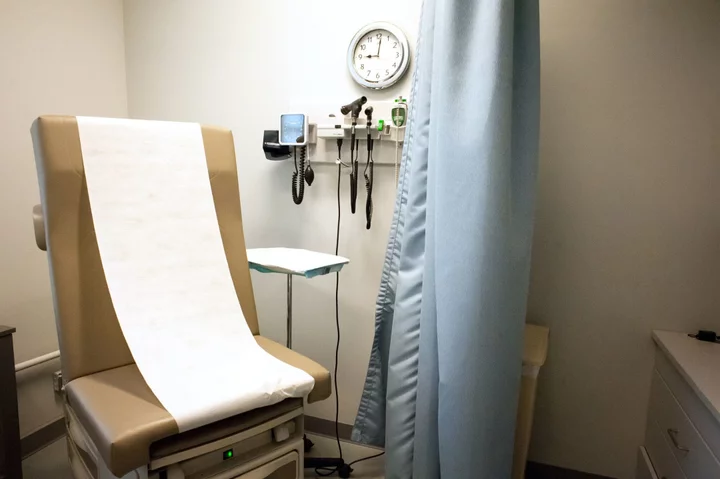Ipsen SA’s drug for a debilitating disorder that slowly immobilizes patients within a cage of abnormal bone growth will cost roughly $624,000 a year in the US, after the French drugmaker won clearance there for the first medicine to treat the condition.
The US Food and Drug Administration approved the Paris-based drugmaker’s treatment Sohonos, known generically as palovarotene, on Wednesday for fibrodysplasia ossificans progressiva, often called FOP — an ultra-rare condition in which bone grows in tissue where it isn’t normally present.
The US decision follows on the heels of a rejection this year in Ipsen’s home market, where the European Medicines Agency said the drug’s benefits hadn’t been firmly established and that its risks — including the potential of disrupting normal bone growth — didn’t outweigh its benefits. Yet in the absence of other treatments, US patient groups lobbied for approval of the Ipsen drug.
Doses will vary based on an individual’s weight and disease stage, so there is no standard price, but the average estimated annual cost based on dosing of 5 mg per day is $624,000, an Ipsen spokeswoman said. The price doesn’t reflect out-of-pocket costs, she said, and the company plans financial and insurance assistance programs for patients.
Ipsen rose slightly in early trading in Paris. The shares have climbed about 21% this year.
The medicine is the first shown to reduce the formation of new, abnormal bone growth involved in the disease, said Howard Mayer, Ipsen’s head of research and development, in a statement. Palovarotene works by binding with a protein involved in bone formation, thus interfering with growth, according to the EMA.
The FDA had initially asked Ipsen for more follow-up data on its FOP treatment after a first review last year. Advisers to the agency voted 11-3 to support it in June, saying its benefits outweigh its risks. Panel members said the circumstances, including the rarity of the disease, made the French drugmaker’s study data more acceptable.
About 800 people in the world are known to be affected by the bone disorder, according to the US National Institutes of Health. About 400 of these patients live in the US, Ipsen said.
As the disease progresses it severely restricts mobility and function, and patients inevitably lose the ability to eat and drink on their own and require full-time caregiver assistance. Bone formation around the ribcage can lead to breathing problems and cardiorespiratory failure.
--With assistance from Fiona Rutherford.

